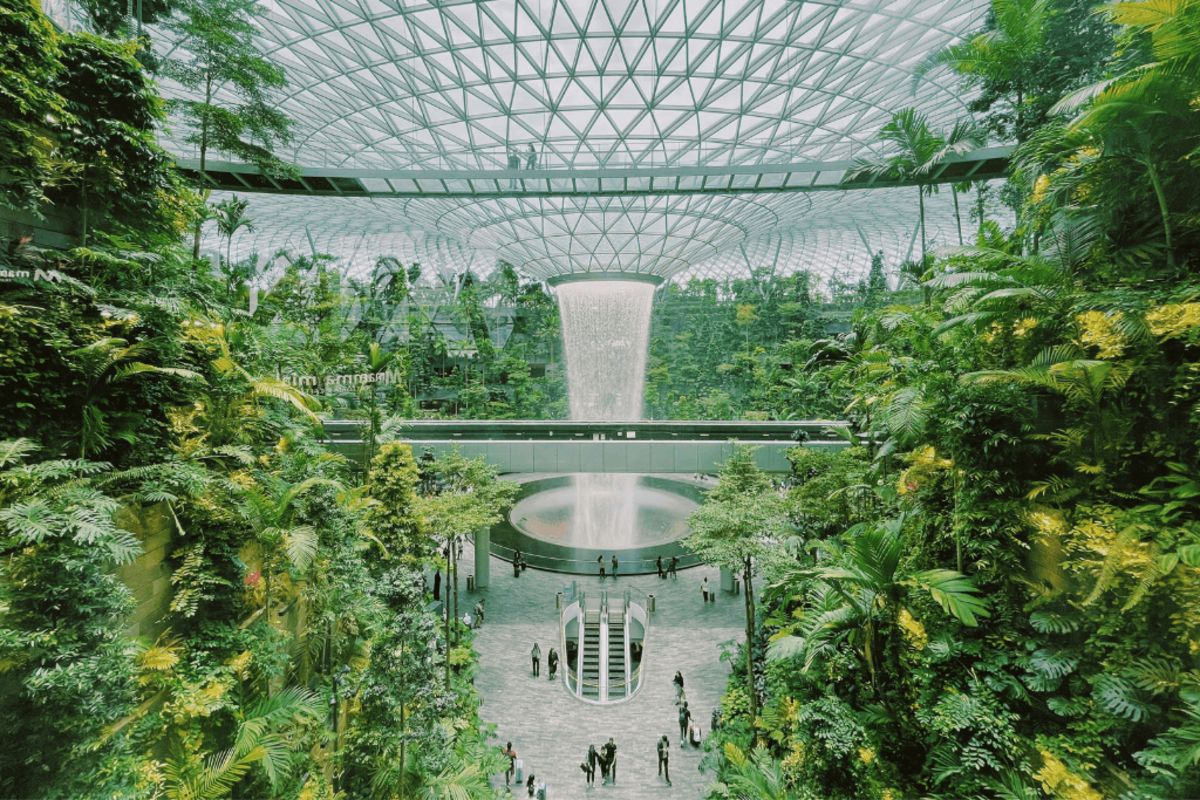
dormakaba Editorial Team

Rafael Gónzalez-Palencia
Rafael is a journalist and editorial expert with over 20 years of experience in news operations and digital content development. He is the author of the 'Marca Style Book' (2012) and has worked for Unidad Editorial, the Global Media Group, and the Axel Springer Group before joining dormakaba as Digital Editor.
Related articles

Security
Cybersecurity in Manufacturing: Why Every Industry Is Now a Target

Security
How Security Professionals Can Stand Out in a Narrower Market
There is a need for four million cybersecurity professionals worldwide according to the latest World Economic Forum white paper on the topic.

Security
Bridging the Digital Divide with Inclusive Security Solutions
Although global internet connectivity continues to expand, 2.6 billion people worldwide still lack access to the digital environment.